Clinical Microbiology Bacteria Flow Chart Blood Agar Macconkey Oxidase Catalase In this section there are six flowcharts and three tables to help you organize the different types of bacteria media and tests and a few other tips for remembering commonly seen pathogens and tests
MacConkey Agar Lactose Fermentation on MAC Enterobacteriaceae HACEK AACEK and other GN group of bacteria has not been properly expounded upon Please do additional readings Oxidase Acinetobacter Stenotrophomonas Proteus Yersinia Salmonella Shigella B mallei Numerous tests and bacteria have been omitted PP MESSY Motility PEMPSY Gram Negative Cocci Obligate anaerobic Veillonella spp Aerobic Facultative Anaerobic M catarrhalis Neisseria spp Bacilli Obligate anaerobic Bacteroides spp
Clinical Microbiology Bacteria Flow Chart Blood Agar Macconkey Oxidase Catalase
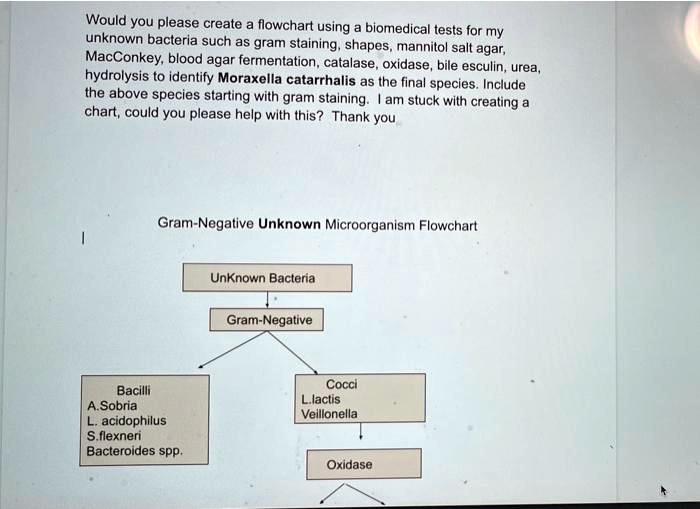
Clinical Microbiology Bacteria Flow Chart Blood Agar Macconkey Oxidase Catalase
https://cdn.numerade.com/ask_images/17b752dfc9394bfb82127cc305aba73f.jpg

Difference Between Blood Agar And MacConkey Agar Compare 58 OFF
https://i.ytimg.com/vi/U3sUi9z_sIM/maxresdefault.jpg
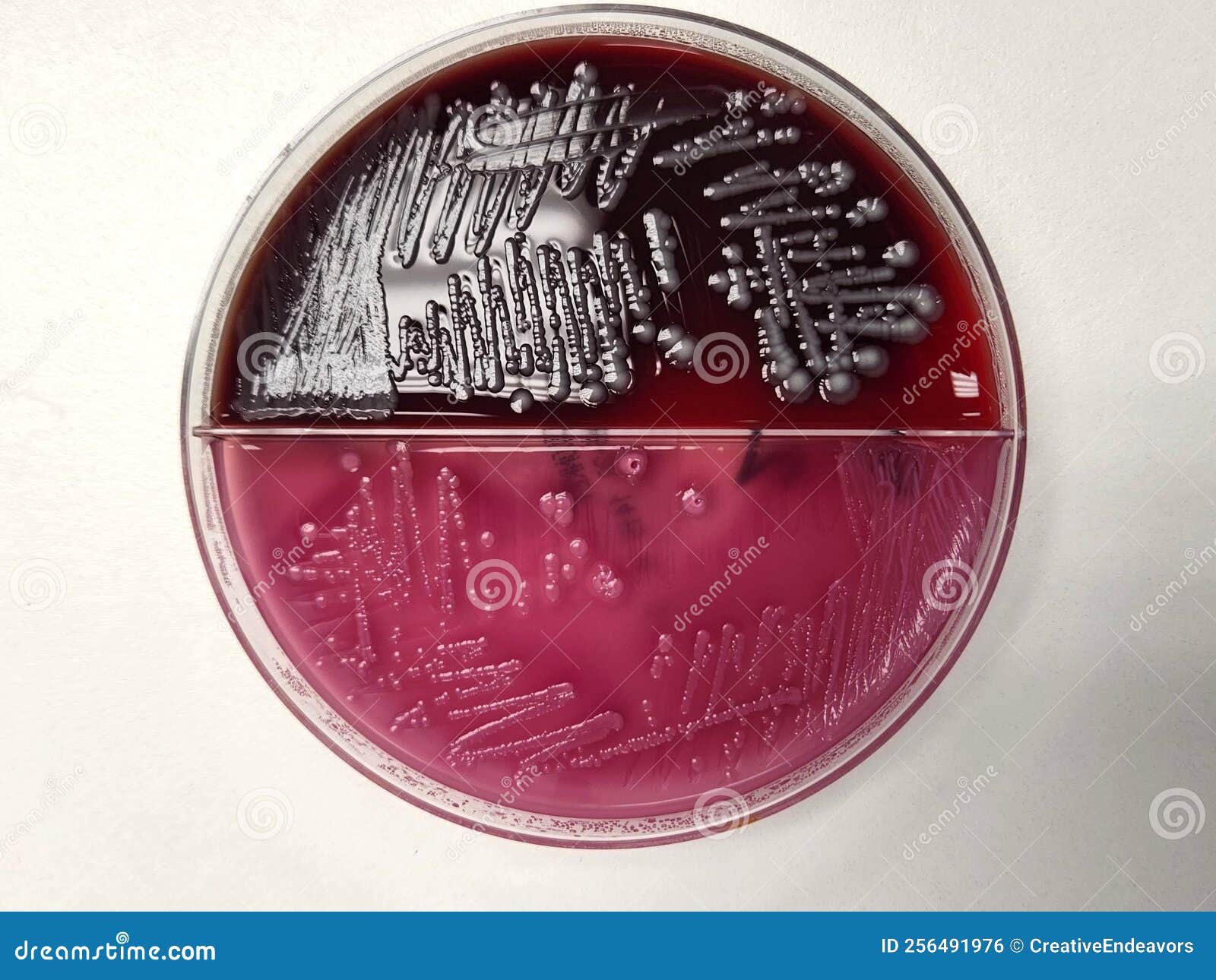
E Coli Bacteria Growing On Blood And Macconkey Agar Royalty Free Stock Image CartoonDealer
https://thumbs.dreamstime.com/z/e-coli-bacteria-growing-blood-macconkey-agar-petri-dish-256491976.jpg
If the bacteria contain catalase the mixture bubbles as the hydrogen peroxide decomposes into water and oxygen In the clinic the catalase test helps distinguish catalase positive Staphylococci from catalase negative Streptococcus which are both Gram positive cocci H influenzae and H haemolyticus will grow in the hemolytic zone of S aureus on blood agar plates the hemolysis of cells by S aureus releases factor V which is needed for its growth H influenza and H haemolyticus will not grow outside the hemolytic zone of S aureus due to the lack of nutrients such as V factor in these areas
This paper reviewed core concepts of interpreting bacterial culture results including timing of cultures common culture sites potential for contamination interpreting the Gram stain role of rapid diagnostic tests conventional antibiotic susceptibility testing and automated testing There are a lot of different types of agar plates used in the microbiology lab but the three most common are sheep blood agar chocolate and MacConkey MacConkey agar is selective for G bacilli and further differentiates G bacilli through lactose fermentation On MacConkey agar lactose fermenting bacteria will turn a bright pink color
More picture related to Clinical Microbiology Bacteria Flow Chart Blood Agar Macconkey Oxidase Catalase
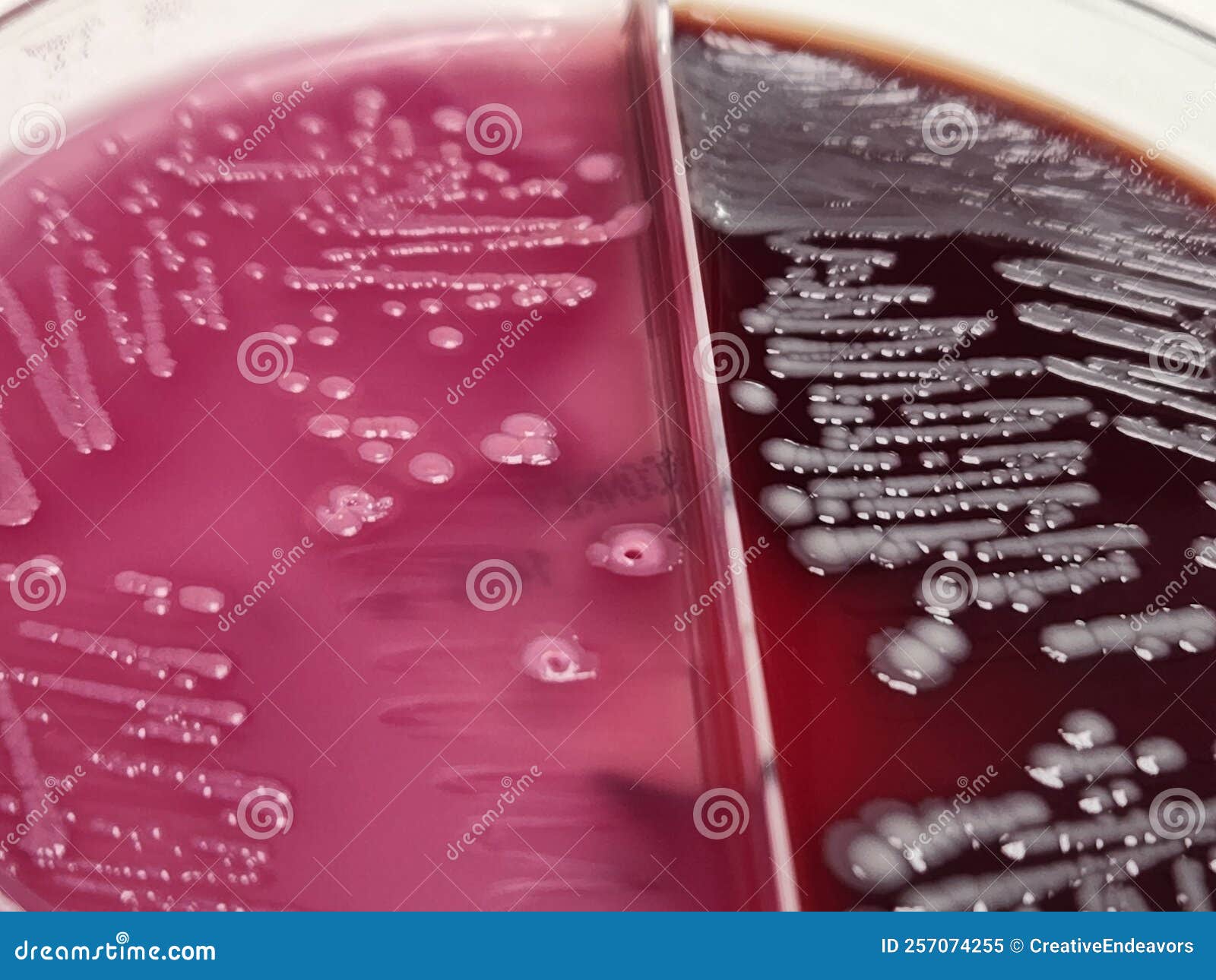
E Coli Bacteria Growing On Blood And Macconkey Agar Royalty Free Stock Image CartoonDealer
https://thumbs.dreamstime.com/z/e-coli-bacteria-growing-blood-macconkey-agar-petri-dish-257074255.jpg
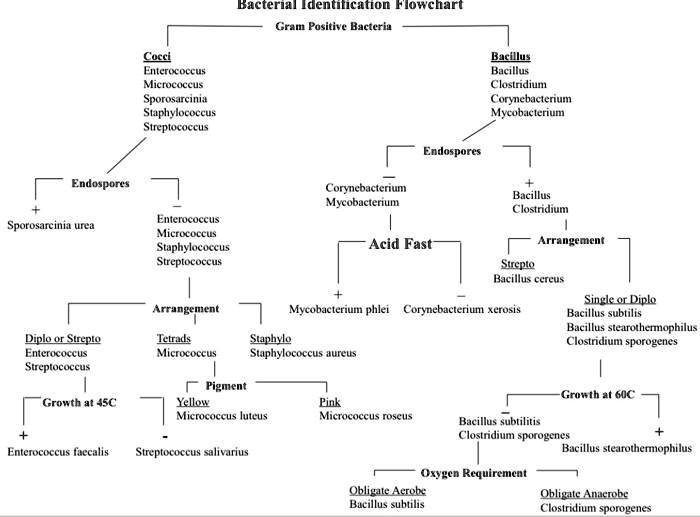
SOLVED Please Make A Flowchart Using Biomedical Tests Such As Gram Staining Shapes Mannitol
https://cdn.numerade.com/ask_images/41e3147da2a04286bfb350118af8006c.jpg
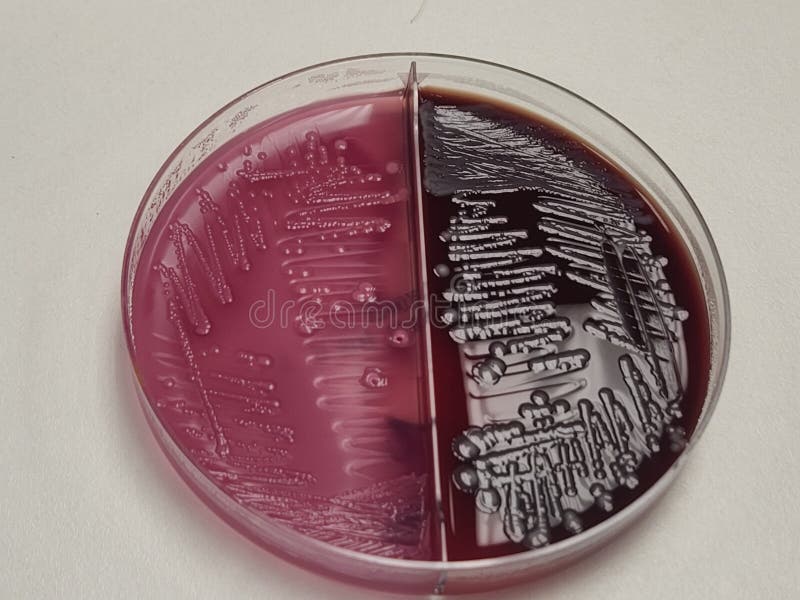
E Coli Bacteria Growing On Blood And Macconkey Agar Stock Photo Image Of Science
https://thumbs.dreamstime.com/b/e-coli-bacteria-growing-blood-macconkey-agar-petri-dish-257074256.jpg
agar plates On agar media containing blood it exhibits glistening haemolytic colonies and develops an average diameter of 2 0mm in 1 to 2 days Colonies equally grow well on MacConkey agar They are oxidase positive and motile by peritrichous flagella They are also nitrate and urease positive usually within 4hr which is a MacConkey agar MAC is a bacterial culture medium named after bacteriologist Alfred T MacConkey 1861 1931 MacConkey agar is a selective and differentiating agar that only grows gram negative bacterial species it can further differentiate the gram negative organisms based on their lactose metabolism 1 The selective and
Catalase neutralizes the bactericidal effects of hydrogen peroxide 13 and its concentration in bacteria has been correlated with pathogenicity 8 Enzyme based tests play a crucial part in the identification of bacteria Clinical significance They are the cause of invasive neonatal infections Neonatal infections present as two different clinical entities early onset neonatal disease characterized by sepsis and pneumonia within the first 7 days of life late onset disease with meningitis and sepsis between 7 days and 3 month of age
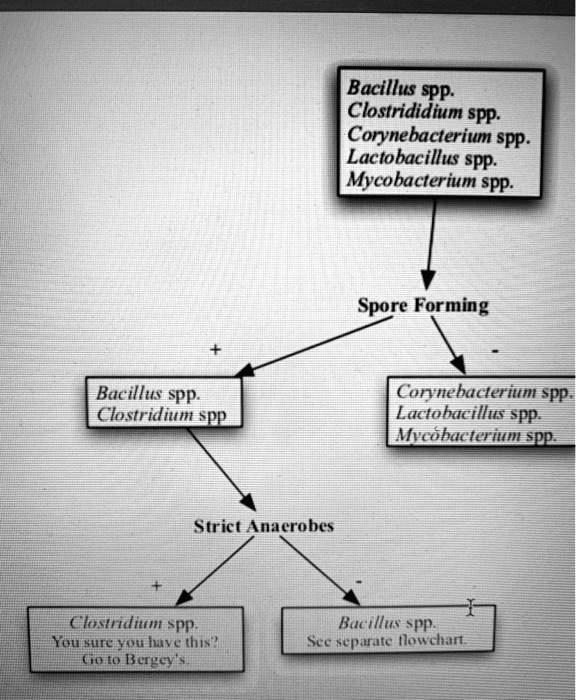
SOLVED Please Make A Flowchart Using Biomedical Tests Such As Gram Staining Shapes Mannitol
https://cdn.numerade.com/ask_images/8218945161ef42b39b13aa10f8dc67ff.jpg
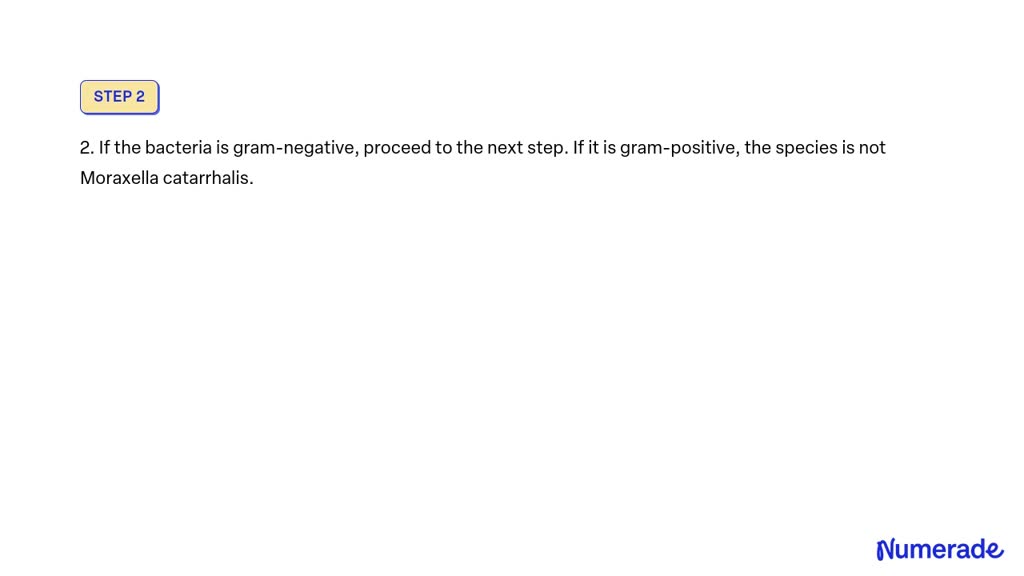
SOLVED Please Make A Flowchart Using Biomedical Tests Such As Gram Staining Shapes Mannitol
https://cdn.numerade.com/project-universal/previews/c65b77f2-24ed-4ac2-ba79-da8383011a9d_large.jpg
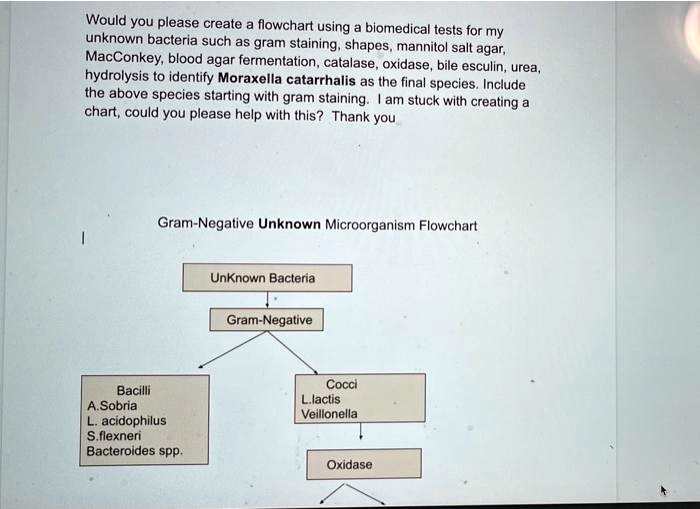
https://clsresource.com › index.php › microbiology-gram-positive-catal…
In this section there are six flowcharts and three tables to help you organize the different types of bacteria media and tests and a few other tips for remembering commonly seen pathogens and tests

https://www.studocu.com › ph › document › de-la-salle-medical-and-heal…
MacConkey Agar Lactose Fermentation on MAC Enterobacteriaceae HACEK AACEK and other GN group of bacteria has not been properly expounded upon Please do additional readings Oxidase Acinetobacter Stenotrophomonas Proteus Yersinia Salmonella Shigella B mallei Numerous tests and bacteria have been omitted PP MESSY Motility PEMPSY
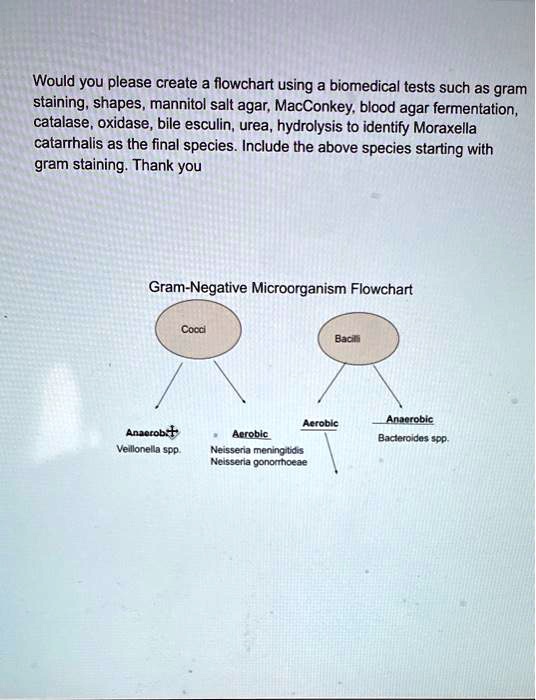
SOLVED Would You Please Create A Flowchart Using Biomedical Tests Such As Gram Staining Shapes

SOLVED Please Make A Flowchart Using Biomedical Tests Such As Gram Staining Shapes Mannitol
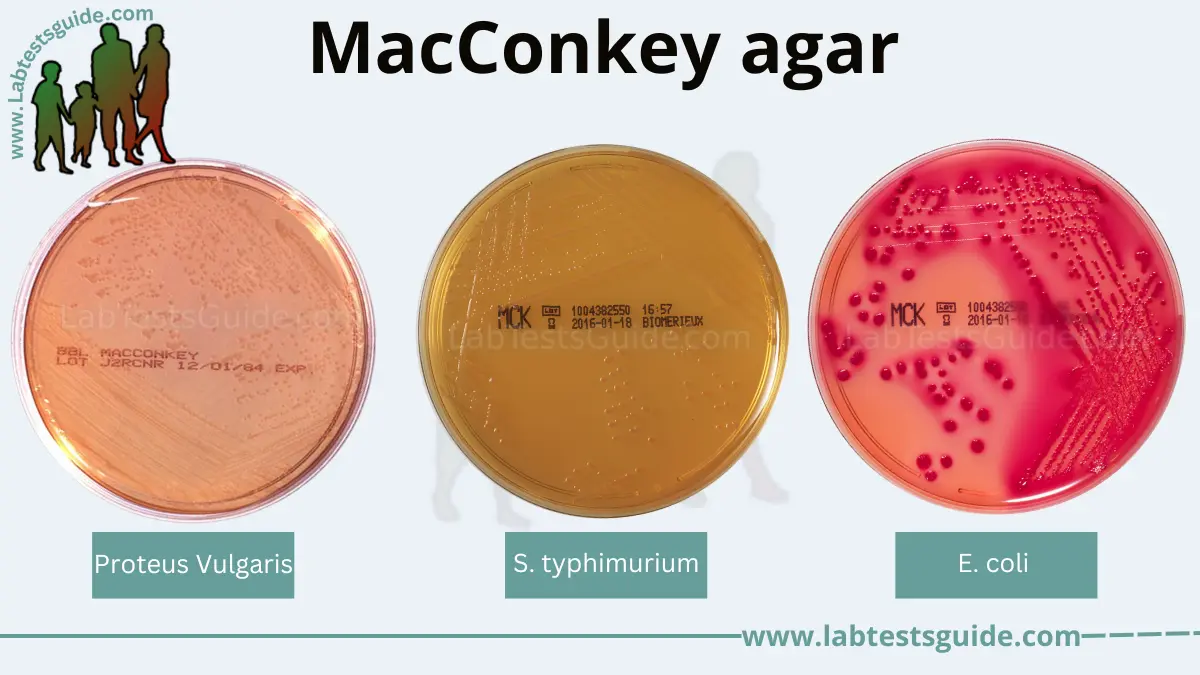
MacConkey Agar Composition Principle Uses Preparation 45 OFF

Microbiology Lab Flow Chart Help Microbiology Lab Microbiology Medical Laboratory Science

Flow Chart For The Identification Of Bacteria In Clinical Solid Waste Download Scientific

Microbiology Clinical Laboratory Science Resource

Microbiology Clinical Laboratory Science Resource

Procedure For The Preparation Of Blood Agar Archives Medical Notes

Gram Positive Bacteria Flow Chart

Gram Negative Bacteria Chart
Clinical Microbiology Bacteria Flow Chart Blood Agar Macconkey Oxidase Catalase - Broth subcultures plated to sheep blood agar BAP chocolate agar CHOC MacConkey agar MAC and Columbia colistin nalidixic acid agar CNA were incubated at 35 C in 5 CO 2